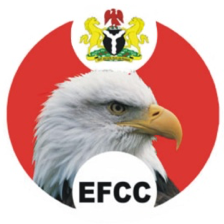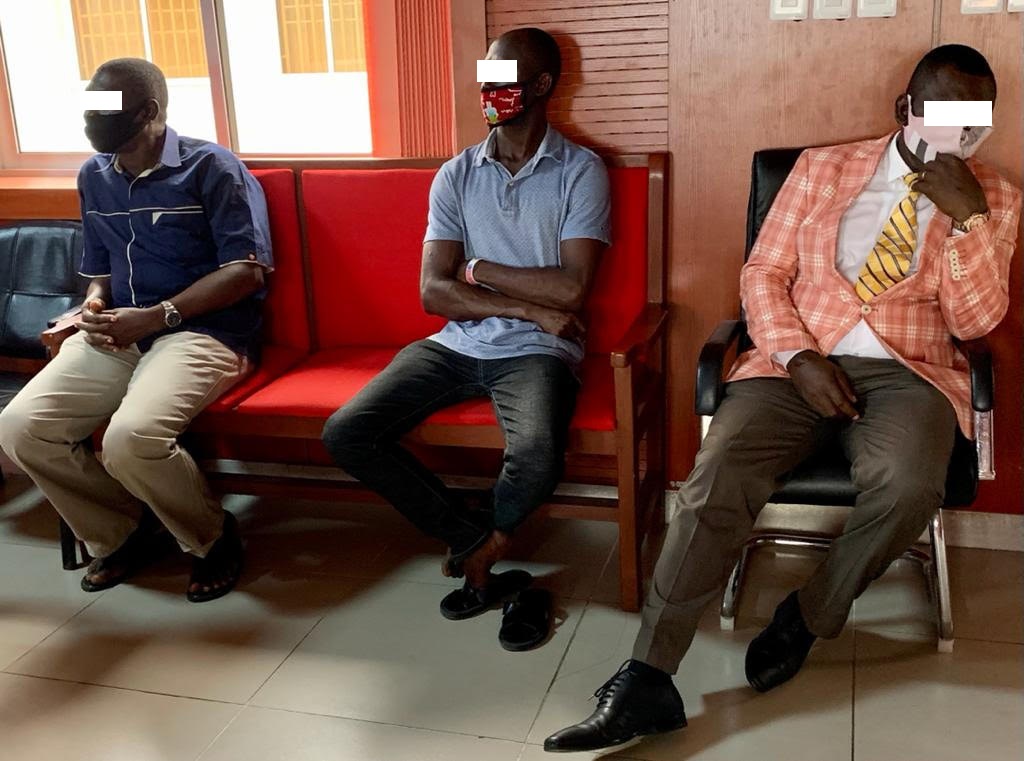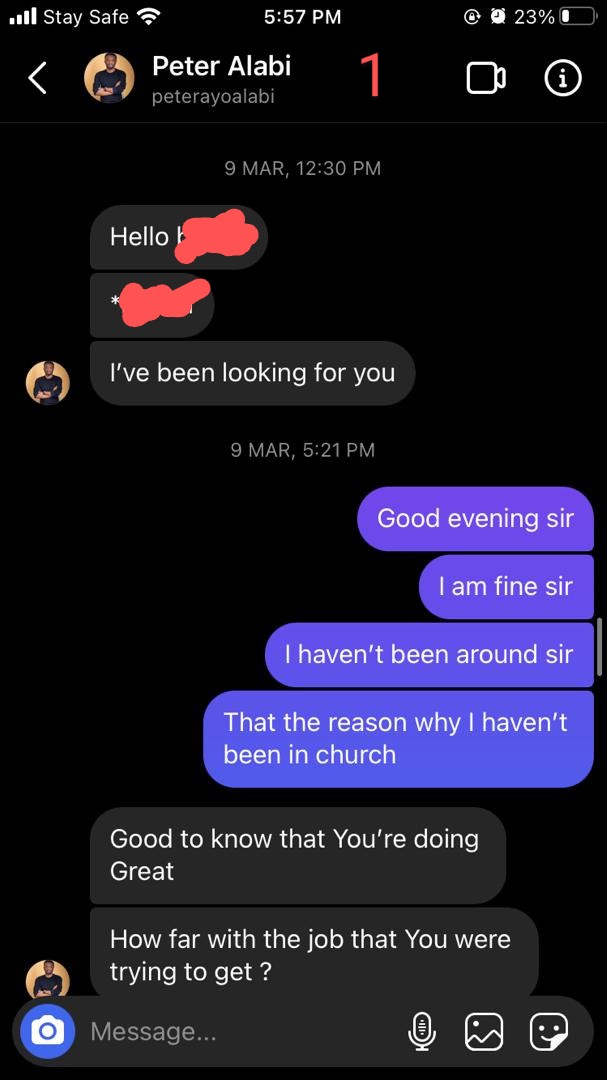Alleged N260 Fraud: EFCC Presents First Witness Against Cast Oil and Gas MD, Amusan
The trial of Olatunji Amusan, Managing Director, Cast Oil and Gas, for an alleged N260 million fraud, continued on Wednesday, December 2, 2020...

He said: "In the course of investigation, we discovered that the defendant had several other cases with the Commission.
"So, I visited the office of the defendant in Victoria Island, Lagos along with a colleague in my Team and arrested him.
"We brought him to our office, where we read the petition to him.
"We then took his statement under caution after we had interviewed him.
“He stated that everything in the statement was true."
According to the witness, Amusan later promised to pay back the money.
More from EFCC Nigeria
More from Crime
My students @maxzks and Tushar Jois spent most of the summer going through every piece of public documentation, forensics report, and legal document we could find to figure out how police were “breaking phone encryption”. 1/
This was prompted by a claim from someone knowledgeable, who claimed that forensics companies no longer had the ability to break the Apple Secure Enclave Processor, which would make it very hard to crack the password of a locked, recent iPhone. 2/
We wrote an enormous report about what we found, which we’ll release after the holidays. The TL;DR is kind of depressing:
Authorities don’t need to break phone encryption in most cases, because modern phone encryption sort of sucks. 3/
I’ll focus on Apple here but Android is very similar. The top-level is that, to break encryption on an Apple phone you need to get the encryption keys. Since these are derived from the user’s passcode, you either need to guess that — or you need the user to have entered it. 4/
Guessing the password is hard on recent iPhones because there’s (at most) a 10-guess limit enforced by the Secure Enclave Processor (SEP). There’s good evidence that at one point in 2018 a company called GrayKey had a SEP exploit that did this for the X. See photo. 5/

ACLU is suing the FBI over its efforts to break into encrypted devices. https://t.co/TN8X0Slmnf
— Zack Whittaker (@zackwhittaker) December 22, 2020
This was prompted by a claim from someone knowledgeable, who claimed that forensics companies no longer had the ability to break the Apple Secure Enclave Processor, which would make it very hard to crack the password of a locked, recent iPhone. 2/
We wrote an enormous report about what we found, which we’ll release after the holidays. The TL;DR is kind of depressing:
Authorities don’t need to break phone encryption in most cases, because modern phone encryption sort of sucks. 3/
I’ll focus on Apple here but Android is very similar. The top-level is that, to break encryption on an Apple phone you need to get the encryption keys. Since these are derived from the user’s passcode, you either need to guess that — or you need the user to have entered it. 4/
Guessing the password is hard on recent iPhones because there’s (at most) a 10-guess limit enforced by the Secure Enclave Processor (SEP). There’s good evidence that at one point in 2018 a company called GrayKey had a SEP exploit that did this for the X. See photo. 5/

While we'll be celebrating New Year's Eve, thousands of terrified people will languish in cages, locked up by institutional actors who are deliberately indifferent to the grave risks to their health and safety. Here's a brief summary of my 2020 professional activities.
Early 2020: With the indispensable help of @lindar, I migrate #CaliforniaCorrectionalCrisis to https://t.co/mk2kUVD1XB, which would become the one-stop-shop for the COVID crisis in CA prisons.
February 2020: My book #YesterdaysMonsters, about the hurdles in the path of aging, infirm people seeking parole, comes out. It becomes a frightening omen of things to come in ways I couldn't imagine at the time.
In March it became evident that the only way to prevent an impending catastrophe was to release people. I started collecting resources.
In early April, I linked between the atrocity of Susan Atkins' last hearing and the impending doom of thousands sentenced to death by COVID. It was obvious that the optics of releasing so-called "violent inmates" was going to sabotage relief efforts.
Early 2020: With the indispensable help of @lindar, I migrate #CaliforniaCorrectionalCrisis to https://t.co/mk2kUVD1XB, which would become the one-stop-shop for the COVID crisis in CA prisons.
February 2020: My book #YesterdaysMonsters, about the hurdles in the path of aging, infirm people seeking parole, comes out. It becomes a frightening omen of things to come in ways I couldn't imagine at the time.
In March it became evident that the only way to prevent an impending catastrophe was to release people. I started collecting resources.
In early April, I linked between the atrocity of Susan Atkins' last hearing and the impending doom of thousands sentenced to death by COVID. It was obvious that the optics of releasing so-called "violent inmates" was going to sabotage relief efforts.
You May Also Like
A list of cool websites you might now know about
A thread 🧵
1) Learn Anything - Search tools for knowledge discovery that helps you understand any topic through the most efficient
2) Grad Speeches - Discover the best commencement speeches.
This website is made by me
3) What does the Internet Think - Find out what the internet thinks about anything
4) https://t.co/vuhT6jVItx - Send notes that will self-destruct after being read.
A thread 🧵
1) Learn Anything - Search tools for knowledge discovery that helps you understand any topic through the most efficient
2) Grad Speeches - Discover the best commencement speeches.
This website is made by me
3) What does the Internet Think - Find out what the internet thinks about anything
4) https://t.co/vuhT6jVItx - Send notes that will self-destruct after being read.




















